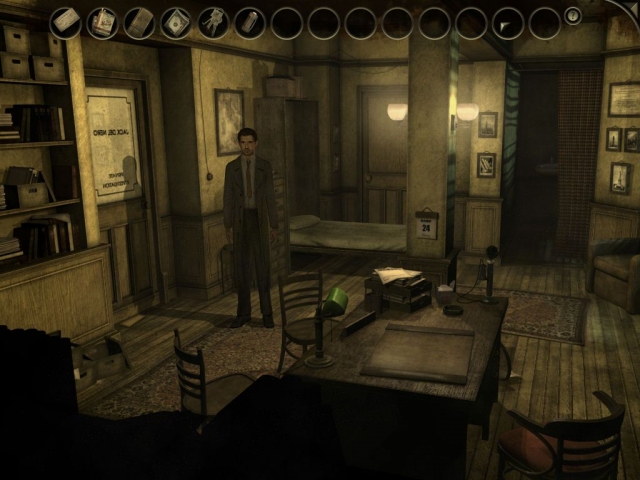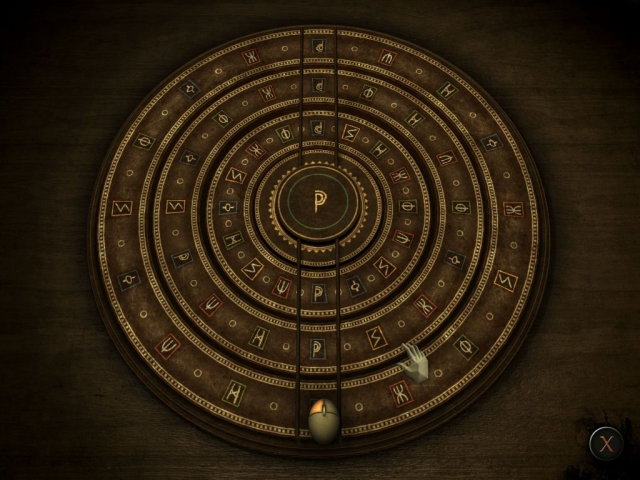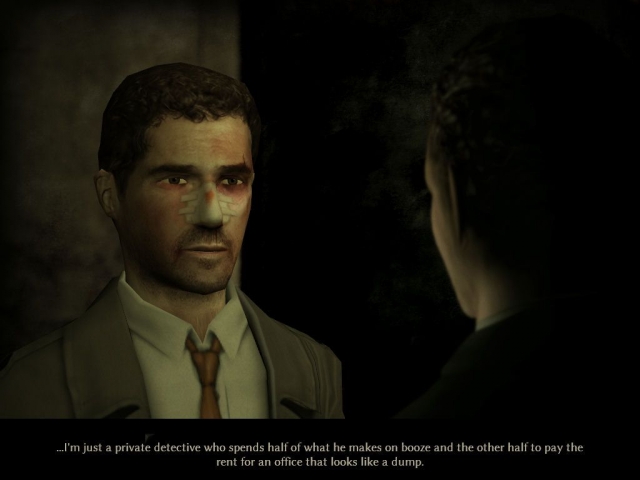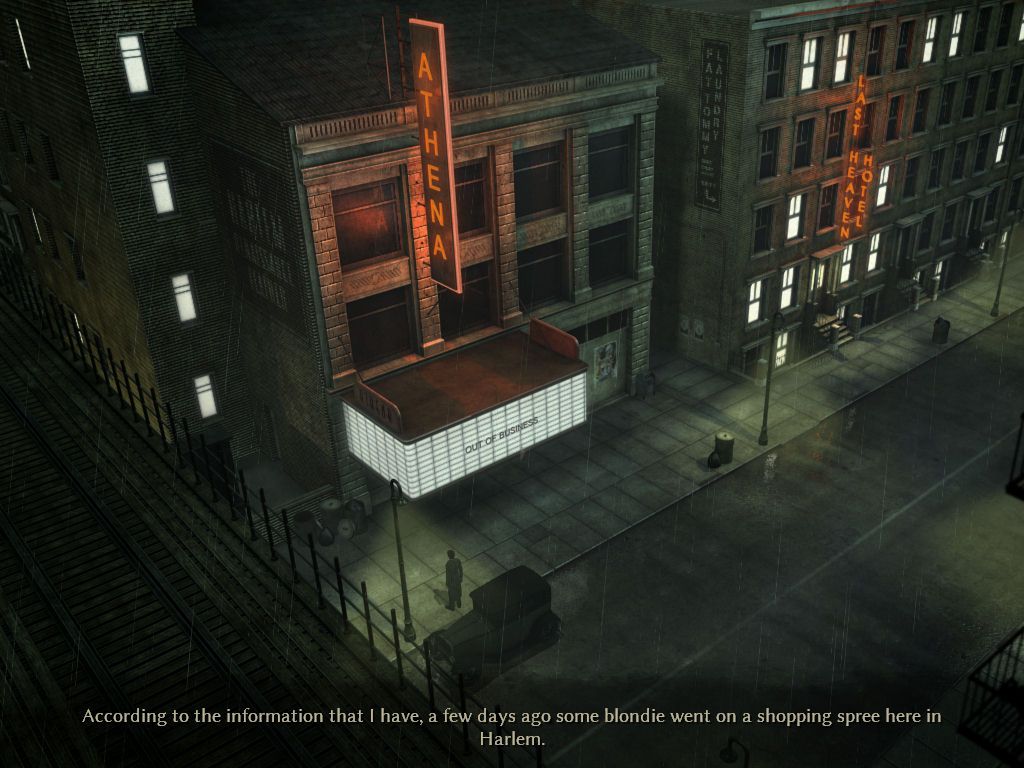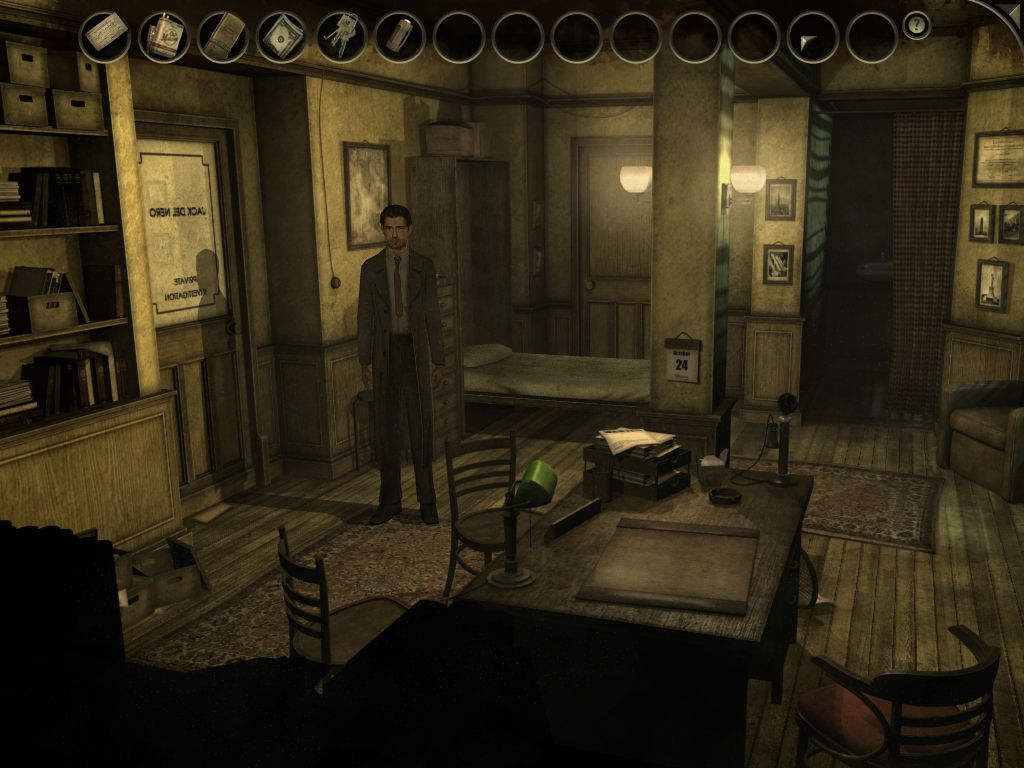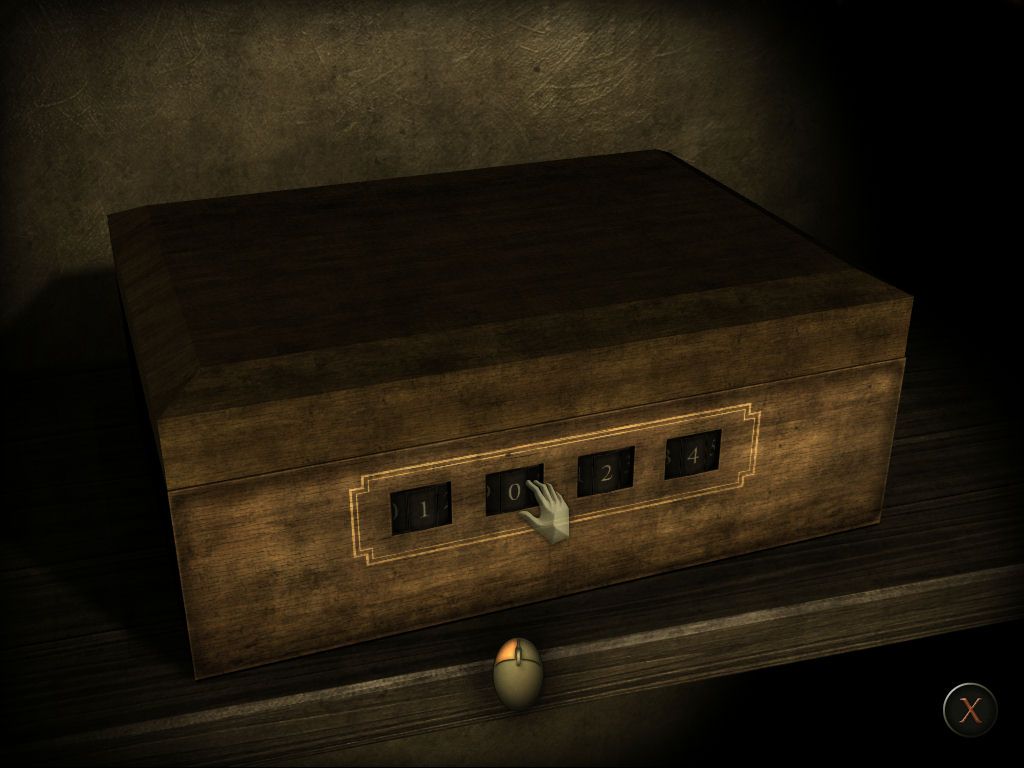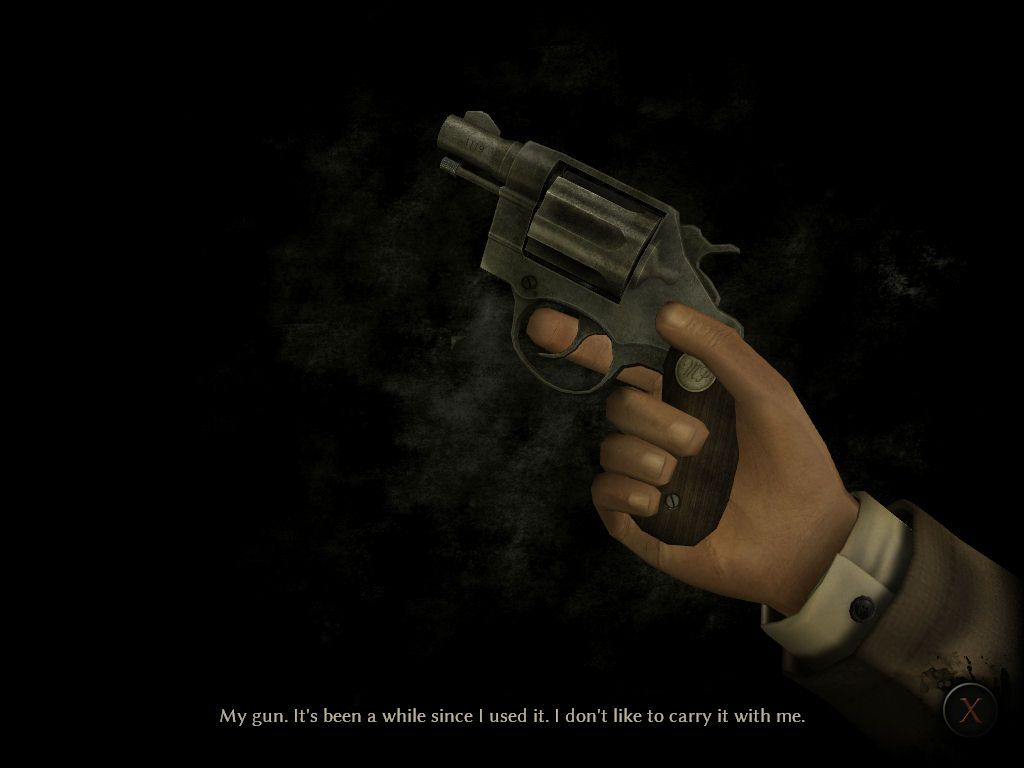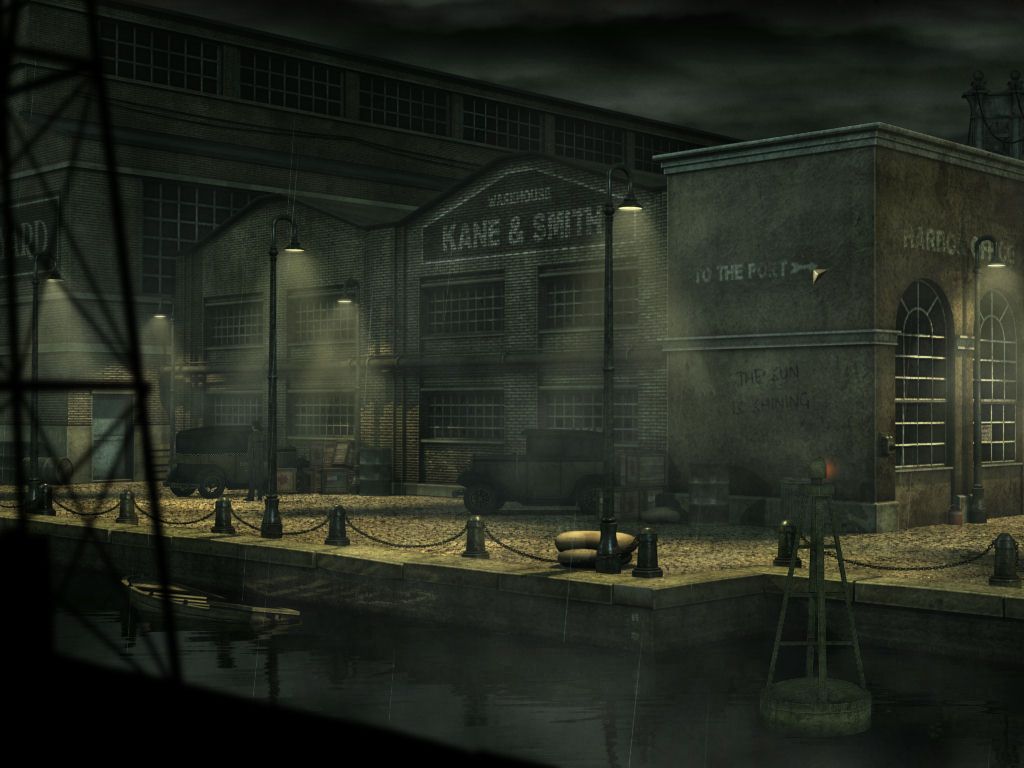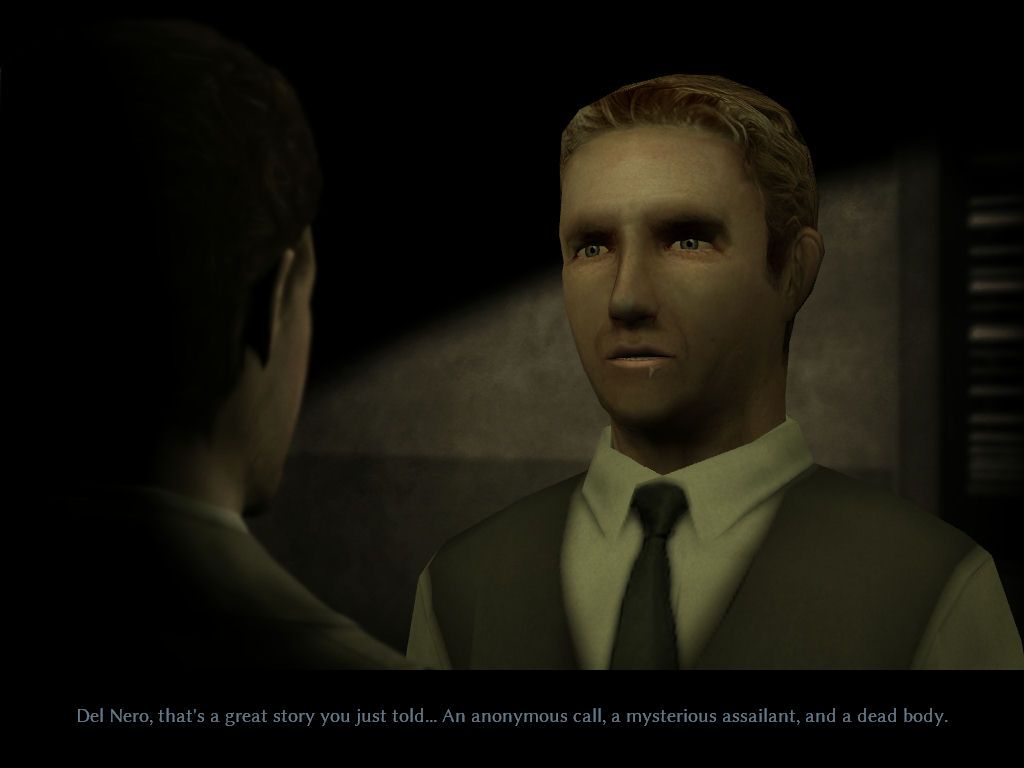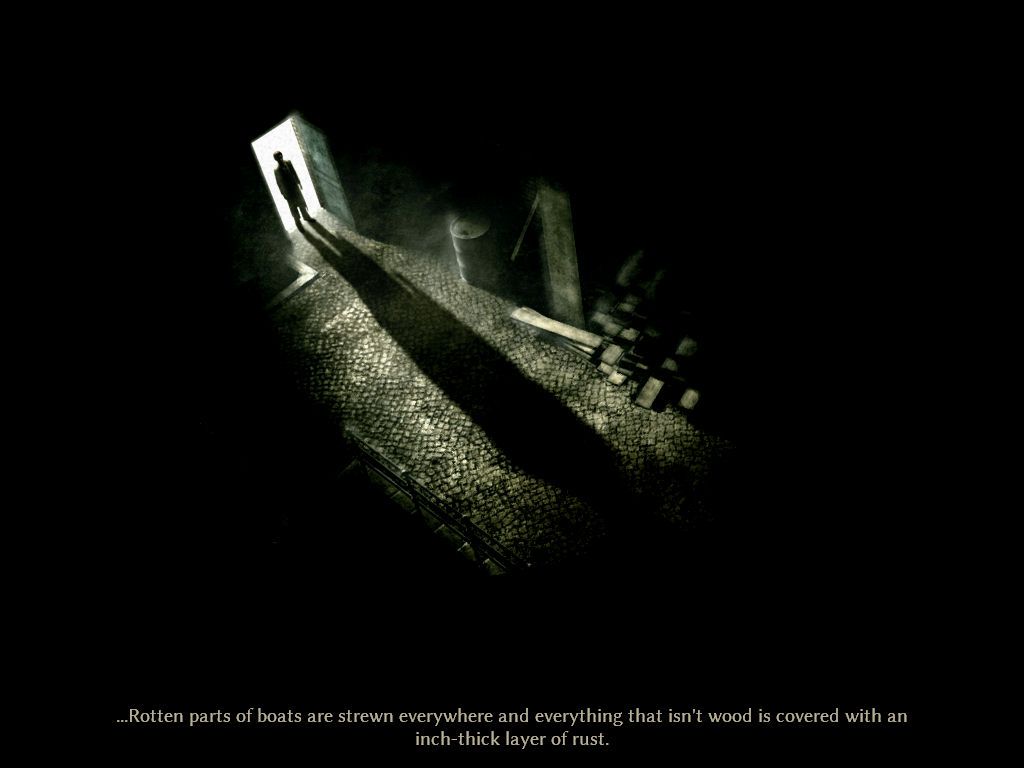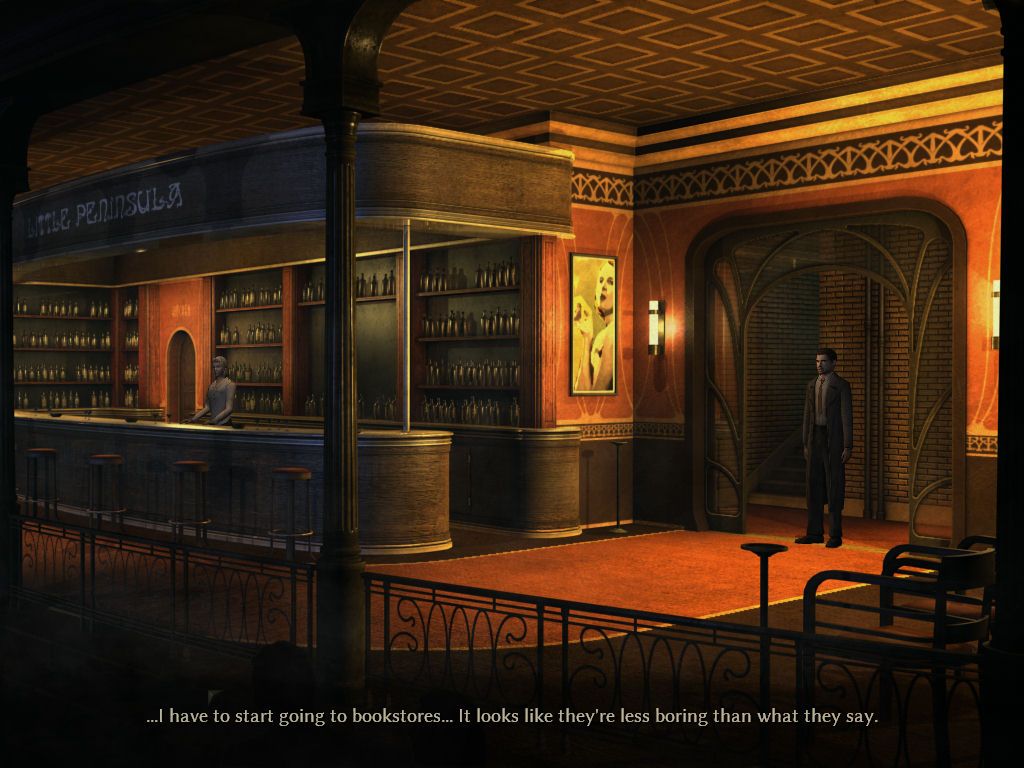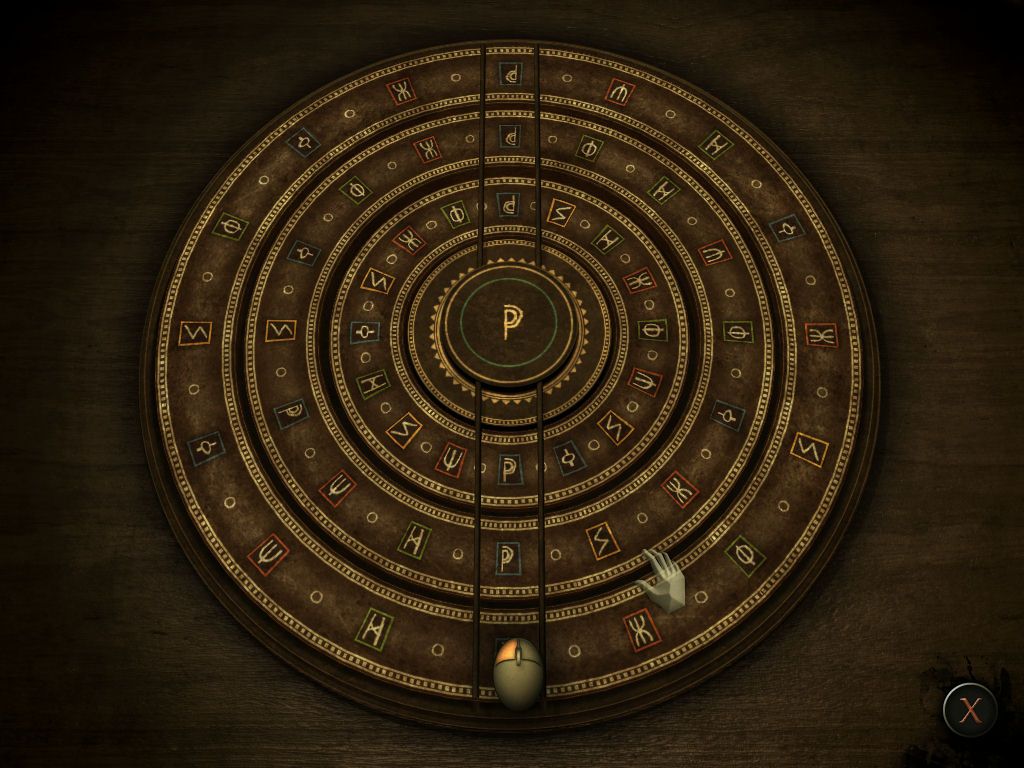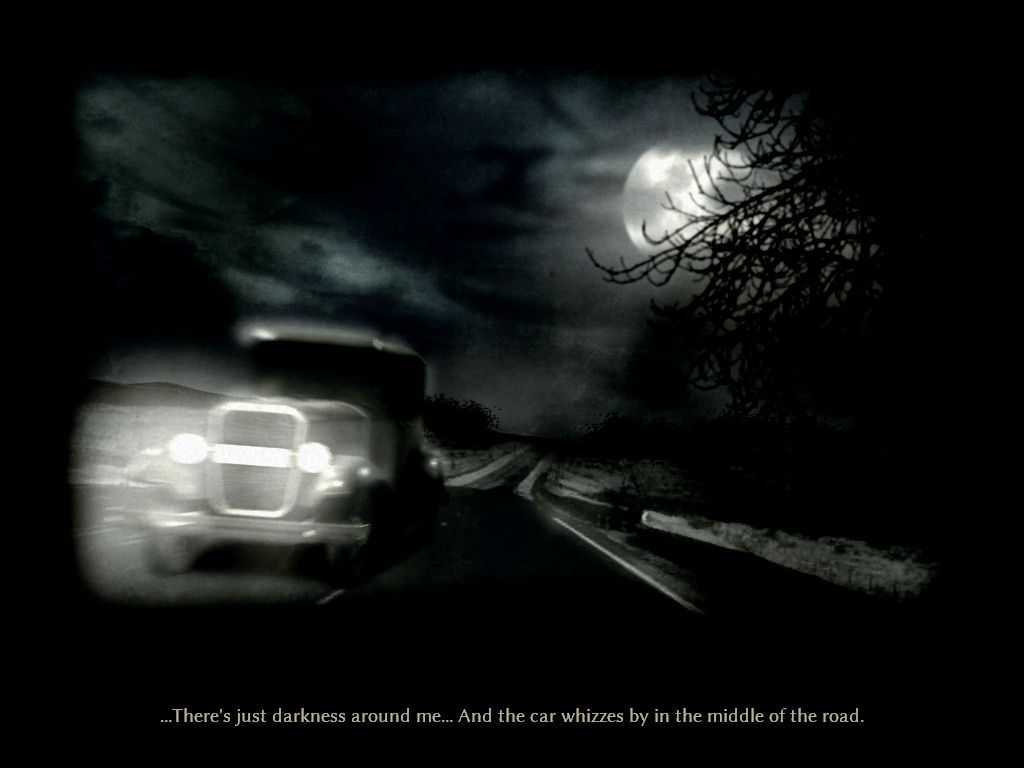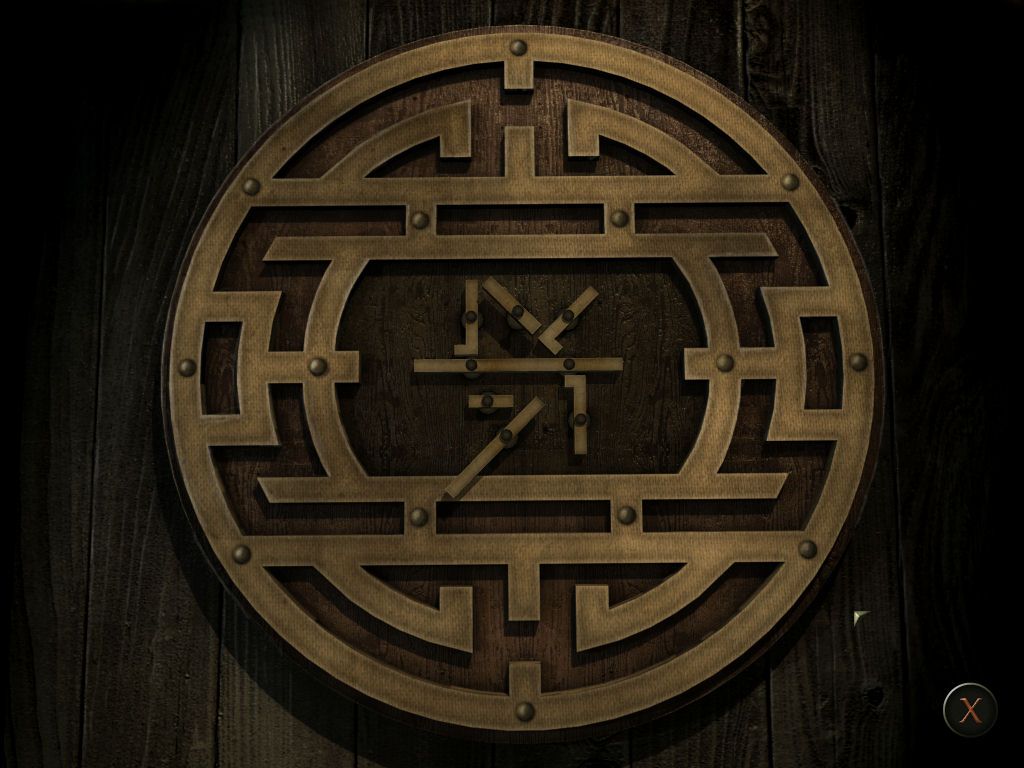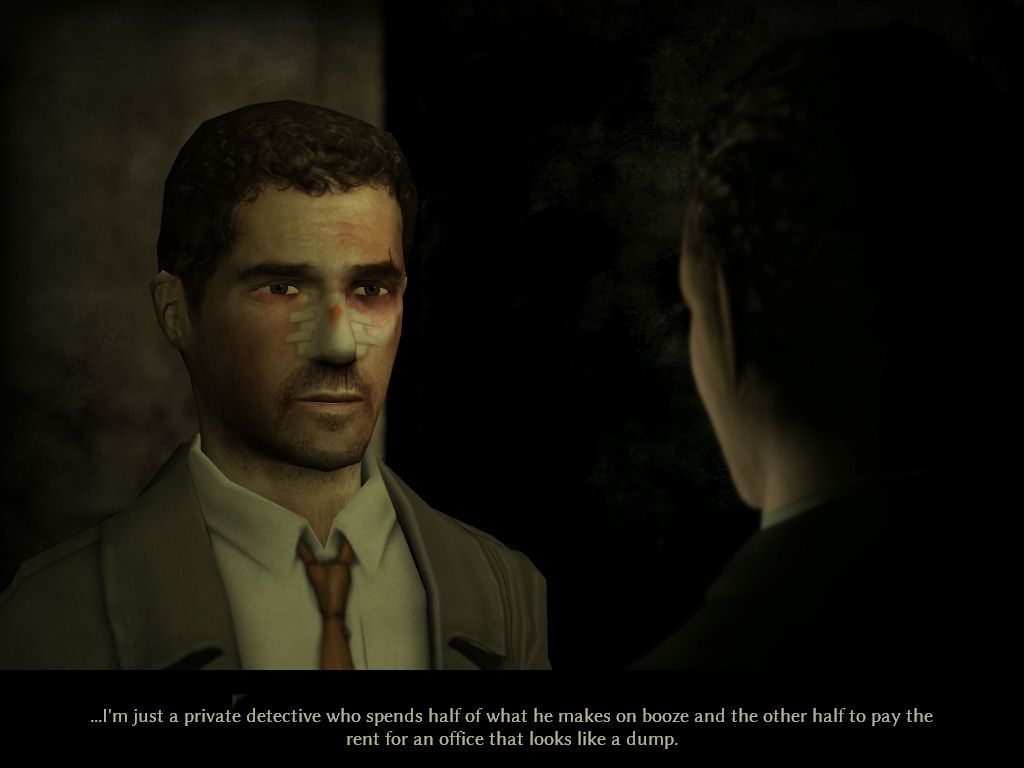Face Noir
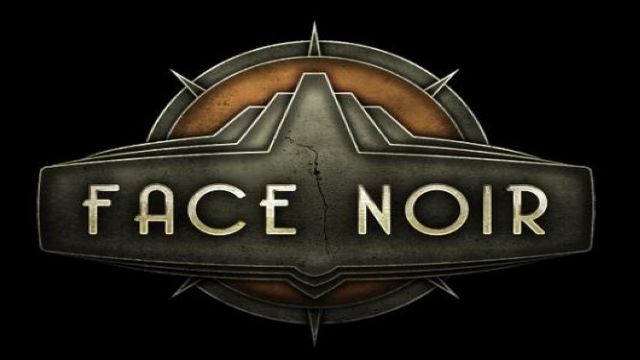
Face Noir is a point-and-click adventure from Italian developer Mad Orange. The game takes place in New York in 1934, and you control a private investigator named Jack Del Nero (who happens to be Italian; you can tell because he says “dannazione” roughly every five minutes in the game). Jack isn’t exactly at the top of his field. He seems to prefer drinking to working, and the first case you run for him has him staking out a woman at a hotel so he can take some compromising pictures of her and her “date.”
Early in the game, Jack gets an anonymous telephone call insisting that he visit the local docks. When he gets there, he discovers his ex-partner dead, and nearby he finds a mysterious little girl hiding in a warehouse. This starts the main case for the game, which unfortunately is a disaster, simply because it’s so slow-moving and dull. Mad Orange doesn’t make any effort to develop its characters, the dialogue isn’t written or acted particularly well, and the case itself is just… odd (don’t ask why there’s a professor of Persian history involved), and so there’s little reason to care if things work out well in the end or not. As an example, you’d think that the little girl would provide an emotional hook for the game — what noir gumshoe doesn’t want to protect a little girl? — but instead of making any sort of an impact, the girl disappears off screen almost immediately, and I don’t think she says more than ten words during the entire game. She just ends up being a MacGuffin.
The interface for face Noir is about what you’d expect from a point-and-click adventure. You left click to move Jack around and examine things, and you right click for other commands, such as talking to people and picking up objects. To access your inventory, you just move the mouse cursor to the top of the screen, where your possessions show up. You can also press F1 to show all of the hot spots for the current scene. For the most part, the interface works well enough, but it has one glaring omission. For some reason the game doesn’t identify what you’re pointing at, and so it can be tough to tell if you’re looking at one big hot spot or multiple little hot spots or some combination of the two, and there are some scenes and puzzles where this makes a difference.
Speaking of the puzzles, most of them are inventory-based, where you pick up objects and then use them in the right place. However, unlike most adventure games, you don’t pick up everything not nailed down. Jack pretty much just sticks to his lockpicks, flashlight, and lighter, plus a few other objects here and there. The inventory puzzles work well enough, and they’re about as realistic as you’re ever going to see in an adventure game, which is more a good thing than bad.
Along with the inventory puzzles, there are also two special modes. In Reflection Mode, you pick two facts that Jack has learned and draw a conclusion from them. This is a nice idea, since it allows you to actually play detective, but it ends up being pretty easy, just because Jack doesn’t learn too many facts. Then there’s Dynamic Mode, where you use the mouse to rotate an object or pull a lever or force open a door. This mode is terrible. It complicates the interface without adding anything to the game, and the puzzles that use it aren’t any fun at all. As an example, to force open a door, you have to keep the left mouse button pressed while repeatedly clicking the right mouse button. This could work just fine, except that almost nothing happens on screen (so you don’t get any clues if you’re doing it right), and it takes forever, making it tedious at best.
The audio and visual components of Face Noir rate in at somewhere around “mediocre.” The locations have the right look and feel for 1930s New York, and since the game takes place over a single night, it’s always dark and usually rainy, which is perfect for a noir game. But the character models aren’t rendered with enough detail, and no effort was made to match the lip synching with the spoken dialogue (maybe it looks better with the native Italian), and so all of the close-ups look poor.
Meanwhile with the sound, the background music gets the job done, but the voice acting isn’t impressive at all. As a noir detective, Jack isn’t supposed to speak with a lot of emotion, but unfortunately that’s the case for the entire cast, who read their lines without any trace of acting ability. If the slowness of the main case doesn’t put you to sleep, then the monotone performances by the actors just might get the job done.
And so, overall, Face Noir isn’t a game I’d recommend. I don’t really like dumping on the debut effort of a new developer, but there just aren’t many positives to work with here. The mood of the game is about right, and the puzzles are mostly fine, but the writing is poor, the acting is poor, and you don’t even get to complete the case. That’s right, Face Noir isn’t a self-contained entity; it’s just a prologue to a planned sequel, and so after slogging through its 10 hours of content, nothing gets resolved. That gives the game an “ugh” rating in my book. So if you’re feeling noir-ish, then I’d recommend you read some Chandler or Hammett or watch the Maltese Falcon or do just about anything other than spend your money on Face Noir.
Reviewed By: Steven Carter
Publisher: Phoenix Online Studios
Rating: 59%
——————————————————————————–
This review is based on a digital copy of Face Noir for the PC provided by Phoenix Online Studios.
 Game Over Online
Game Over Online